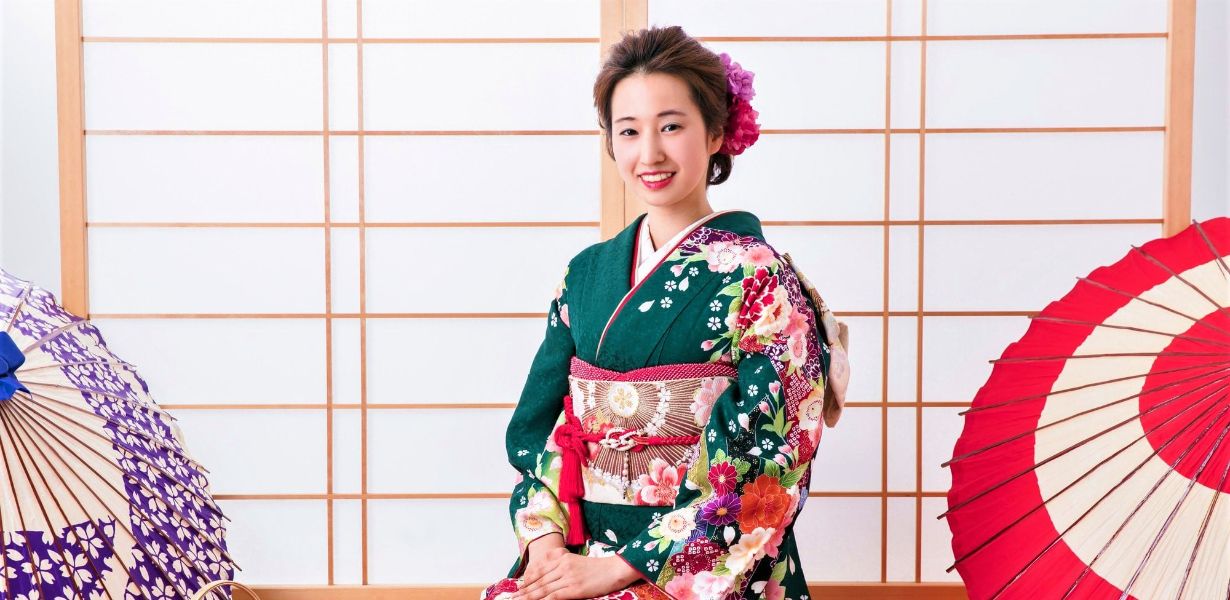
In a world characterized by rapid change and modernization, Japan stands as a testament to the preservation of its rich and enchanting traditional culture. With a legacy that spans centuries, Japan’s cultural heritage has captivated the imagination of people worldwide. From the intricate tea ceremonies to the graceful art of Ikebana, Japan’s cultural tapestry is a living testament to its past. Our journey through this blog will take you on a captivating exploration of the nuances, traditions, and beauty that define traditional Japanese culture.
The Essence of Kimono: Threads of Elegance
The kimono, a traditional Japanese garment, is more than just clothing – it’s a symbolic representation of Japanese aesthetics, art, and history. Woven with intricate patterns and vibrant colors, the kimono is a canvas that paints the stories of Japan’s past.
Tea Ceremonies: Harmony in Every Sip
Delve into the world of tea ceremonies, where every gesture holds profound meaning. Rooted in Zen Buddhism, the tea ceremony is a mesmerizing blend of spirituality, mindfulness, and hospitality.
The Art of Ikebana: Blooms of Serenity
Explore the delicate art of Ikebana, where flower arrangement is elevated to an art form. With roots in Buddhist practices, Ikebana embodies simplicity, balance, and the ephemeral nature of life.
Noh Theatre: Captivating Tales in Subtle Gestures
Unravel the enigma of Noh, a traditional Japanese performing art that combines music, dance, and drama. Through intricate masks and graceful movements, Noh tells timeless stories of human emotion and experience.
Zen Gardens: Tranquility in Stone and Sand
Step into the realm of Zen gardens, where meticulously raked gravel and carefully placed stones evoke a sense of calm and contemplation. These gardens are a reflection of Zen philosophy, inviting visitors to meditate and find solace.
Calligraphy: The Dance of Ink and Paper
Discover the art of Japanese calligraphy, where strokes of ink become an expressive dance on paper. Rooted in Shodo, the way of writing, calligraphy is a manifestation of the writer’s inner thoughts and emotions.
Culinary Delights: Umami Unleashed
Japanese cuisine is a celebration of flavors, textures, and aesthetics. From delicate sushi to hearty ramen, the culinary world of Japan tantalizes taste buds while reflecting the nation’s connection to nature.
Kabuki Theatre: Where Drama Comes Alive
Embark on a theatrical journey with Kabuki, a vibrant performing art that blends drama, dance, and elaborate costumes. With its roots in the Edo period, Kabuki continues to enchant audiences with its vivid storytelling.
Shinto Shrines: Bridging the Human and Divine
Immerse yourself in the spiritual realm of Shinto shrines, where nature and architecture coalesce in harmonious worship spaces. Shintoism, Japan’s indigenous religion, finds expression in these sacred sites.
Seasonal Festivals: Celebrating Nature’s Rhythms
Experience the vibrancy of traditional Japanese festivals that mark the changing seasons. From cherry blossom festivals to lantern processions, these events reflect Japan’s deep connection to nature and its cycles.
Final Words
Traditional Japanese culture is an intricate mosaic of art, spirituality, and tradition. From the timeless elegance of the kimono to the captivating performances of Noh and Kabuki, each facet offers a glimpse into Japan’s rich heritage. With a deep reverence for nature and a profound respect for tradition, Japan’s cultural tapestry continues to inspire and captivate, inviting us to explore its enchanting depths.
Commonly Asked Questions
Q1. What is the significance of the kimono in Japanese culture?
The kimono holds cultural and historical significance in Japan. It represents tradition, artistry, and social status, reflecting the wearer’s identity and the occasion.
Q2. What is the philosophy behind Zen gardens?
Zen gardens embody Zen philosophy, emphasizing simplicity, harmony, and contemplation. They serve as spaces for meditation and reflection.
Q3. How does Japanese calligraphy differ from Western calligraphy?
Japanese calligraphy focuses on conveying emotion and energy through brushstrokes, often accompanied by a deeper spiritual connection, while Western calligraphy leans towards legibility and aesthetics.
Q4. What is the underlying theme of Noh theatre?
Noh theatre explores themes of the supernatural, human emotion, and transformation. It often delves into ghostly tales and legends, conveying profound messages through subtle gestures.
Q5. What role do seasonal festivals play in Japanese culture?
Seasonal festivals, known as “matsuri,” celebrate the cyclical nature of life and the changing seasons. They honor tradition, foster community spirit, and offer a glimpse into Japan’s cultural diversity.





